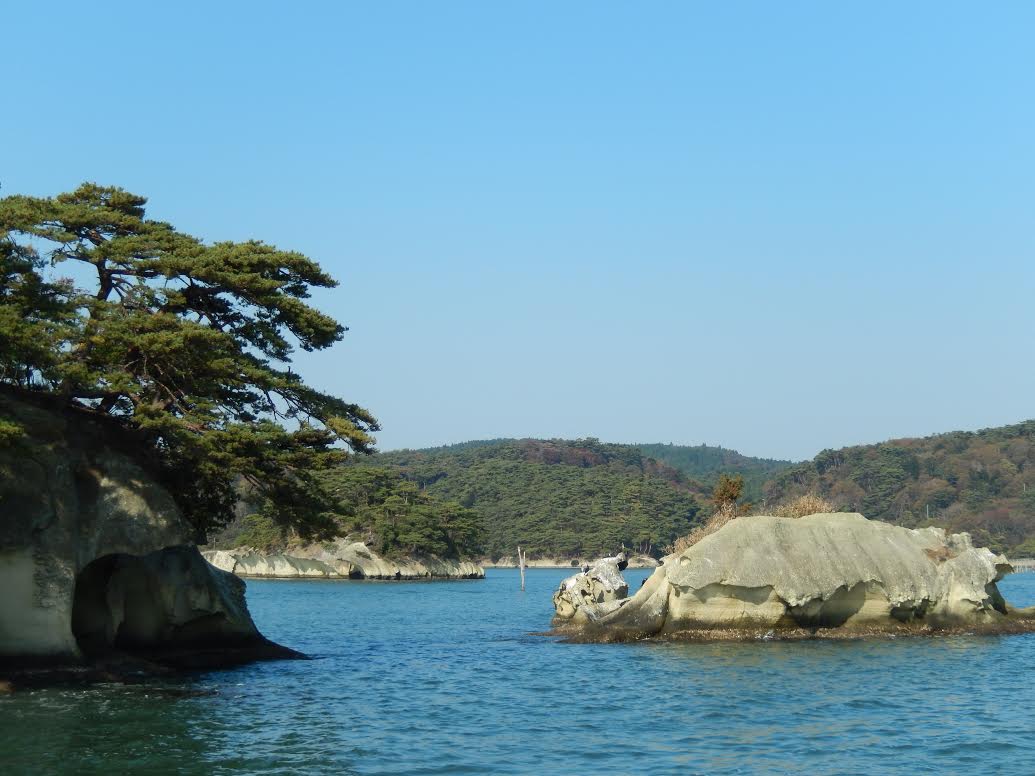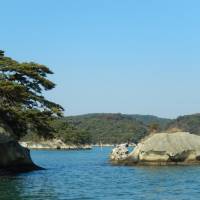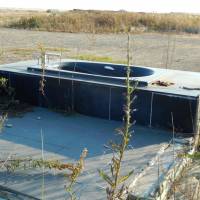This month's column takes an intrepid look at efforts to expand protected areas in Japan and worldwide, areas that are essential to conserve biological diversity and mitigate natural disasters.
"Intrepid" because ecosystems are the backbone of food and water security, and with national security now such a sensitive topic here, I feel obliged to include a disclaimer, as follows, for the attention of Shigeru Ishiba, secretary-general of the ruling Liberal Democratic Party:
Now that your party has forced the Diet to adopt a state secrets law which suffers from extreme vagueness and lack of appropriate oversight — and thus threatens to undermine protections afforded, under Articles 19 and 21 of the Constitution, to the freedom of speech, expression, the press, thought and conscience — I wish to make clear that none of the facts or assertions in this column are known to be state secrets, the sharing of which might threaten national security. Moreover, any resemblance to such secrets — past, present or future — is purely coincidental, and the author denies any and all terroristic intent.
Now back to Our Planet Earth.
In much the same way that threats to free and open media are increasing worldwide, human activities are encroaching on global biodiversity, a pillar of every nation's security since it underpins sustainable agriculture and the provision of fresh water, as well as mitigating natural disasters and climate change.
To prevent conflicts over resources, and to protect against calamities such as tsunami and typhoons, nations need to maintain healthy and resilient ecosystems, particularly along coasts and around populated areas. This is best done through the creation and coordinated management of protected areas (PAs).
PAs include nature reserves and national parks, as well as areas conserved by local communities, and they are now widely understood to be crucial in providing for basic human needs and modulating the impacts of flooding and sea-level rise.
PAs "play a key role in addressing global challenges such as climate change, biodiversity loss, natural disasters and food and water security. One third of the world's largest cities derive drinking water from forested protected areas. Another 10 percent obtain water from sources that originate in protected watersheds," according to the International Union for Conservation of Nature (IUCN), a global environmental organization comprising more than 1,000 government and NGO members.
With more funding and political will, Japan could take the lead in world efforts to develop PAs — and so derive a positive legacy from the tragedy that struck the northeast of Honshu in 2011. In fact, Japan is already expanding and strengthening its management of PAs in the disaster-hit Tohoku region through a process of "Green Reconstruction," including the creation of a new national park and a long-distance coastal trail from Aomori Prefecture south to Fukushima Prefecture.
Even before the events of March 2011, Japan was moving in the right direction, having hosted the 2010 Conference of the Parties to the Convention on Biological Diversity in Nagoya in 2010 (see cbd.int).
So what is biodiversity exactly? In a phrase, it is the foundation of human existence on Earth.
The CBD defines biodiversity as, "the variability among living organisms from all sources including, inter alia, terrestrial, marine and other aquatic ecosystems and the ecological complexes of which they are part; this includes diversity within species, between species, and of ecosystems. In simple terms, it can be described as the 'diversity of life on Earth.' "
PAs and biodiversity generally go hand in hand, but conservation of biodiversity is not the only benefit or purpose of PAs.
"Our focus on supporting protected areas is to ensure that the world will be able to maintain essential natural capital for national and local development," said Nik Sekhran, head of the Biodiversity and Ecosystem Programme of the United Nations Development Programme (UNDP).
"Protected areas can provide crucial protection from tsunami and storm surges, helping to mitigate their impacts on coastal communities. They can also offer a range of 'natural infrastructure' that is more resilient and cost-effective than engineering solutions," Sekhran added.
Last month, this column reported on the Asian Parks Congress held in Sendai, Miyagi Prefecture, in mid-November. The congress took an important step forward in raising awareness concerning PAs when it adopted a new Asia Protected Areas Charter. Also referred to as the Sendai Charter, this states, "Robust systems of protected areas can help increase safety for people and communities, and help reduce damage to property and infrastructure."
As the world now knows, Japan's coasts are some of the planet's most vulnerable to tsunami. Indeed, on March 11, 2011, it was the tsunami — not the Great East Japan Earthquake — that devastated Tohoku's coastal areas. But that wasn't the first time. In 1896, the Meiji Great Sanriku Tsunami took 22,000 lives in the same region, while 37 years later, the Showa Great Tsunami crashed ashore.
In Japan, it's not "if" — but "when?" Thus the most important concern is how best to prepare for the next inevitable tsunami.
Concrete is one approach, including massive breakwaters, dykes and concrete-clad hills and riverbanks. These keep the construction companies happy and busy — and supportive of the ruling Liberal Democratic Party that ensures funding for all those contracts.
Concrete, however, is lethal to biological diversity and the natural ebbs and flows of ecosystems. Building coastal dykes is also expensive and wildly speculative, as tsunami can vary dramatically in height and force. The one that hit Tohoku on March 11, 2011, soared above 40 meters in one location. Even where the waves were smaller, some concrete barriers were simply washed aside or flipped over.
Recognizing that biodiversity is a national security priority, a wiser approach is to create natural barriers, such as hills, sand dunes, and coastal forests that, in combination with the natural contours of the land, can weaken, deflect and channel tsunami and storm-surging tides.
This, though, takes thought, planning and management. These are not one-size-fits-all solutions — they must be custom-made to ensure that ecosystems are conserved and that they create jobs and recreation opportunities for locals and tourists alike.
"In the same way, the construction of sea walls and the development and maintenance of natural infrastructure can create business and jobs," stressed the UNDP's Sekhran. "However, hardware construction is not the only solution for disaster prevention or economic stimulus. Natural solutions must be part and parcel of disaster mitigation and reconstruction efforts."
Few tourists will travel miles to climb concrete dykes; but beaches, sand dunes, hills and forests teeming with wildlife will attract visitors for generations to come.
Japan's Green Reconstruction plan is on the right track, but responsibility for reconstruction and expanding protected areas should be solely in the hands of the Ministry of Environment. Allowing the Ministry of Land, Infrastructure, Transport and Tourism to take the lead is resulting in more of the same one-size-fits-all concrete solutions that already litter Japan.
For suggestions on options other than concrete, see "Natural Solutions," a report funded and commissioned by the IUCN-WCPA, TNC, UNDP, WCS, The World Bank and the WWF: (www.undp.org/content/undp/en/home/librarypage/environment-energy/ecosystems_and_biodiversity/natural-solutions-protected-areas-helping-people-cope-with-climate-change/). Stephen Hesse is a professor in the Law Faculty of Chuo University and is associate director of Chuo International Center. He can be reached at [email protected].





















With your current subscription plan you can comment on stories. However, before writing your first comment, please create a display name in the Profile section of your subscriber account page.